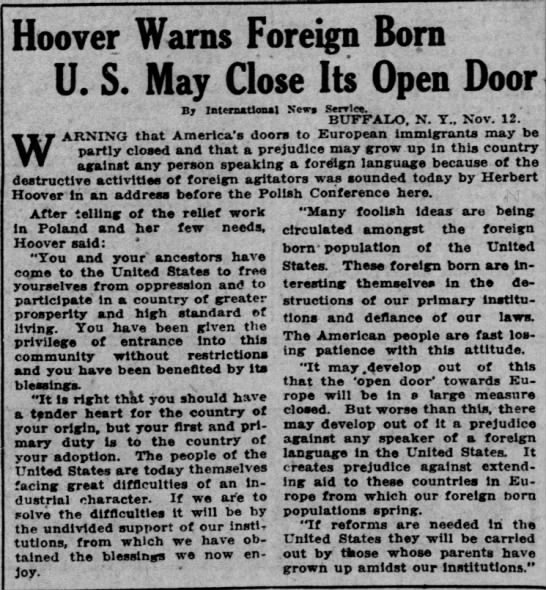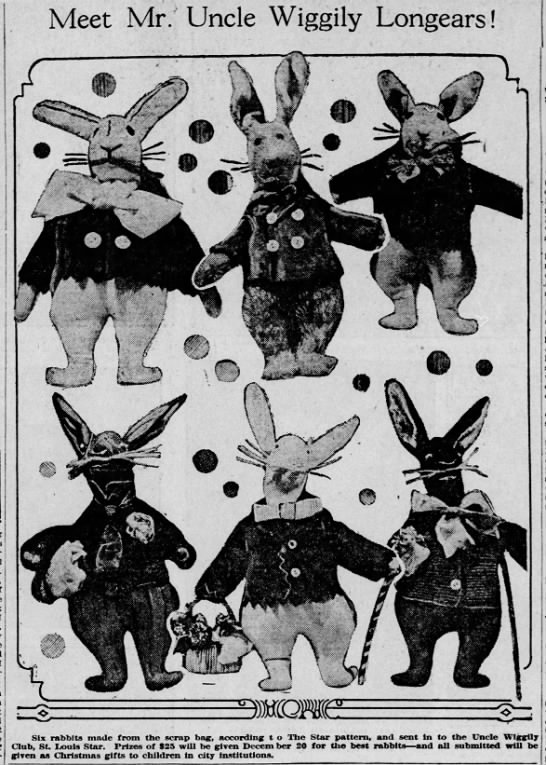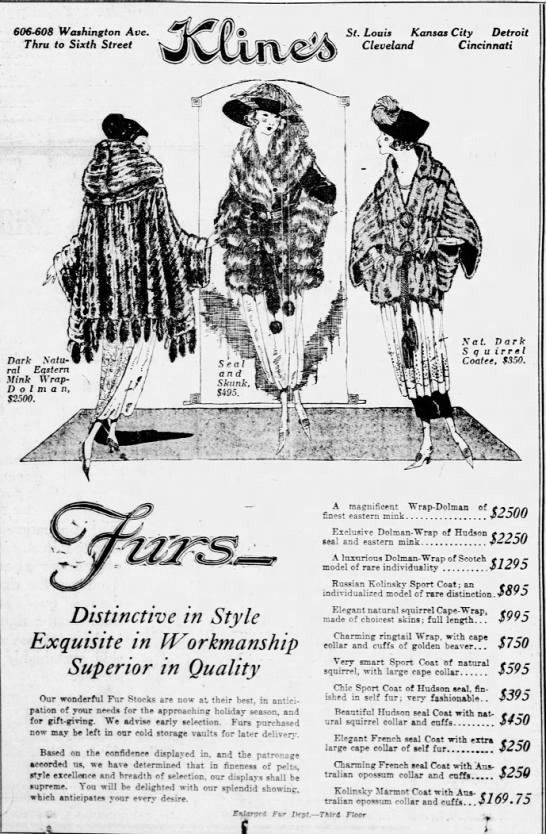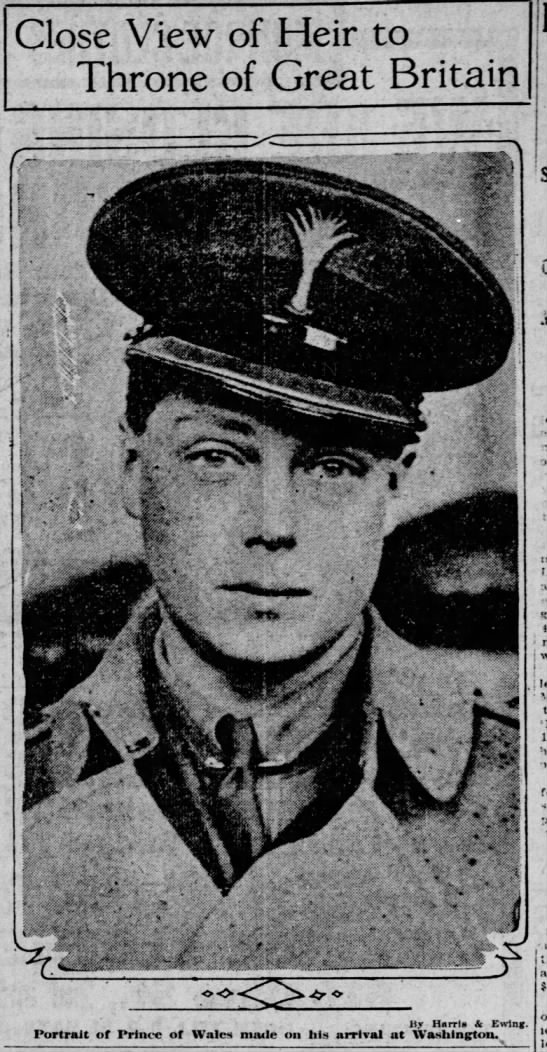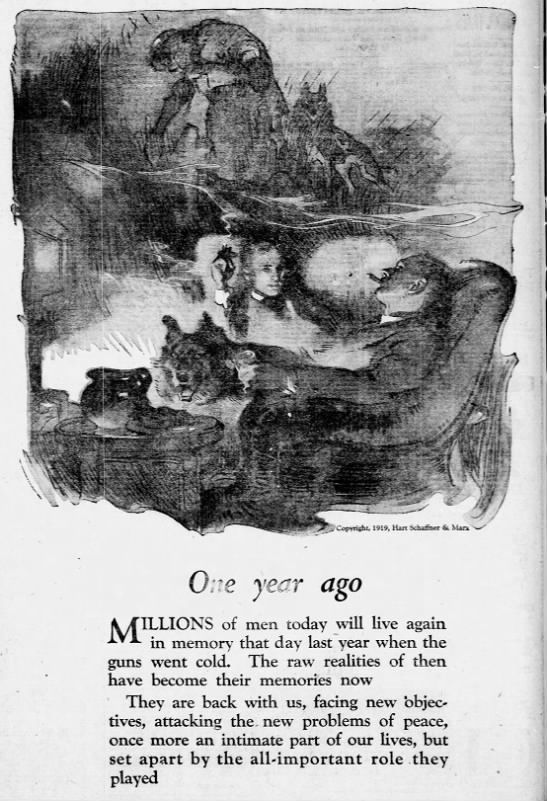I am reading Richard Power's novel
The Overstory with the Facebook group
Now Read This, sponsored by PBS Newshour and the New York Times Book Review.
Readers have been uploading amazing photographs as a testament to the beauty and power and meaning of trees. I have been thinking about my childhood home and the importance of the trees planted by my grandfather in my own life.
In 1935 my Grandfather Gochenour lost his job as an insurance salesman. The family had to sell their new bungalow house in Tonawanda, NY, built by my grandmother's brothers. They moved into an apartment in an old farmhouse on Military Road.
 |
| the Military Road house in 1935 |
The house was built by one of the early German settlers who farmed the land. When my family moved in it was in disrepair, divided into several apartments. My grandfather was a self-made man; he left his home in Woodstock, VA as a teenager and set up a furniture polishing business in New York City before ending up in Tonawanda. In a few years, he purchased the house and restored it. There were lilac bushes surrounding the house and my family planted Weeping Willow Trees.
 |
The Military Road house in the 1940s
|
In the 1940s my grandfather built a gas station along the Military Road property line and ran his own business.
 |
| my grandfather's gas station on Military Road |
Dad married my mother and in 1952 I was born. We lived in one of the apartments in the house, my grandparents living in another section and my dad's sister and her family in the third.
By the time I was born, the farm fields around the house were sold off and Levittown-style housing projects were built. The willow tree had grown and towered over the landscape. I loved to climb the tree. We sat under its shade. I took the branches and dangled them over the porch pretending to be fishing. In winter the branches would be covered in ice.
In 1963 my family decided to sell the service station and move to Metro Detroit for Dad to seek a job in the auto industry. I dreamt of growing up and returning to buy my childhood home. We often returned to Tonawanda to see family and neighbors and I took photos of the Weeping Willow trees.
 |
| The willow in 1965 |
 |
| another willow near the service station |
In the early 1970s the property was sold again and torn down, an apartment building erected in its place. My father's sister took photos and told us the house was so well built, framed with old-growth timbers, it was a hard tear-down. I was heartbroken.
 |
| my childhood home being torn down; you can see three willows |
The trees were brought down as well.
In later life I wrote a poem* about my childhood home, The View From Windows, in which I talked about the willows:
From my bed, looking across a gravel drive,
ironposted streetlights lit small box-like houses,
while from another open window I could hear the wind
playing in the branches of willows
(how they swayed like a girl's long hair in summer,
but in winter were plaited in clean ice).
These trees my touchstone;
I knew my house by its being next to the biggest tree,
I told others so, believing my own veracity.
My mother was an oil painter who preferred landscapes that always featured trees.
 |
| painting by Joyce Ramer Gochenour, my mother |
I now live in the house my parents bought in 1972. Dad planted two Silver Maples, two Northern Spy Apple Trees, two pine trees and birch.
 |
| the Northern Spy apple trees planted by my dad |
We had to remove the pine trees. One was growing too close to the neighbor's driveway and onto the roof of the house and the other had a split trunk. They both were towering. We planted flowering trees in their stead.
My brother is fed by nature, walking, and kayaking and photographing the beauty he sees.
While reading
The Overstory I came across this line: "How willows clean soils of dioxins, PCBs, and heavy metals."
I had long considered how my childhood home had lead paint and asbestos siding, and how my family used poisons to kill the rats and weeds, and how the land around the house was leveled by allowing dumping--who knows what was dumped there! And then the gas station was built with leaded gasoline and all the chemicals used in the service shop. I realized how my family had polluted the area.
But they also planted five willows, unwittingly, which helped to alleviate the pollution they created.
To survive we must preserve our trees.
*The View From Windows
by Nancy A. Bekofske
Rescue is out of the question,
going back not an option open to me.
Gone are those lofty trees like green umbrellas,
the purple flag of iris near the white rail fence,
the fragrant French lilacs, purple and white,
my world--my first world--and a life rooted
in a sense of place, no longer exists in space.
I remember the view from every window in every room.
Windows to the wider world.
I could see traffic on the burdened road;
the pushy hopefulness of yellow crocus in sooty snow.
From a doorway, looking across the room and out a window,
a water tower seen in a flat land, horizon's sentry.
From an upstairs window, I could see to the river,
the perpetual flame of the gas works,
the mangle of pipes and tanks.
Drying dishes, a glance to the left revealed a doorway,
pink hollyhock, a gigantic horseradish plant.
From my bed, looking across a gravel drive,
ironposted streetlights lit small box-like houses,
while from another open window I could hear the wind
playing in the branches of willows
(how they swayed like a girl's long hair in summer,
but in winter were plaited in clean ice).
These trees my touchstone;
I knew my house by its being next to the biggest tree,
I told others so, believing my own veracity.
At times, an airplane--no jet, not then-- droning
overhead would shake my world of make-believe to its roots
with reality's heavy awareness.
My heart would beat a faster tattoo, and restless,
disquieted, but directionless, I rushed outdoors
to breath freer air, escape the restraint of walls,
to seek the questions I already felt swelling
in my girl's breast, the mystery I could not name.
I only knew that I must shake off
girlhood's cushioned hermitage, to live and work,
now, suddenly aware of mortality's unaccustomed weight,
because I heard, and looked up from play,
to catch sight of a mystery outside my window,
common, yet profoundly unsettling.


